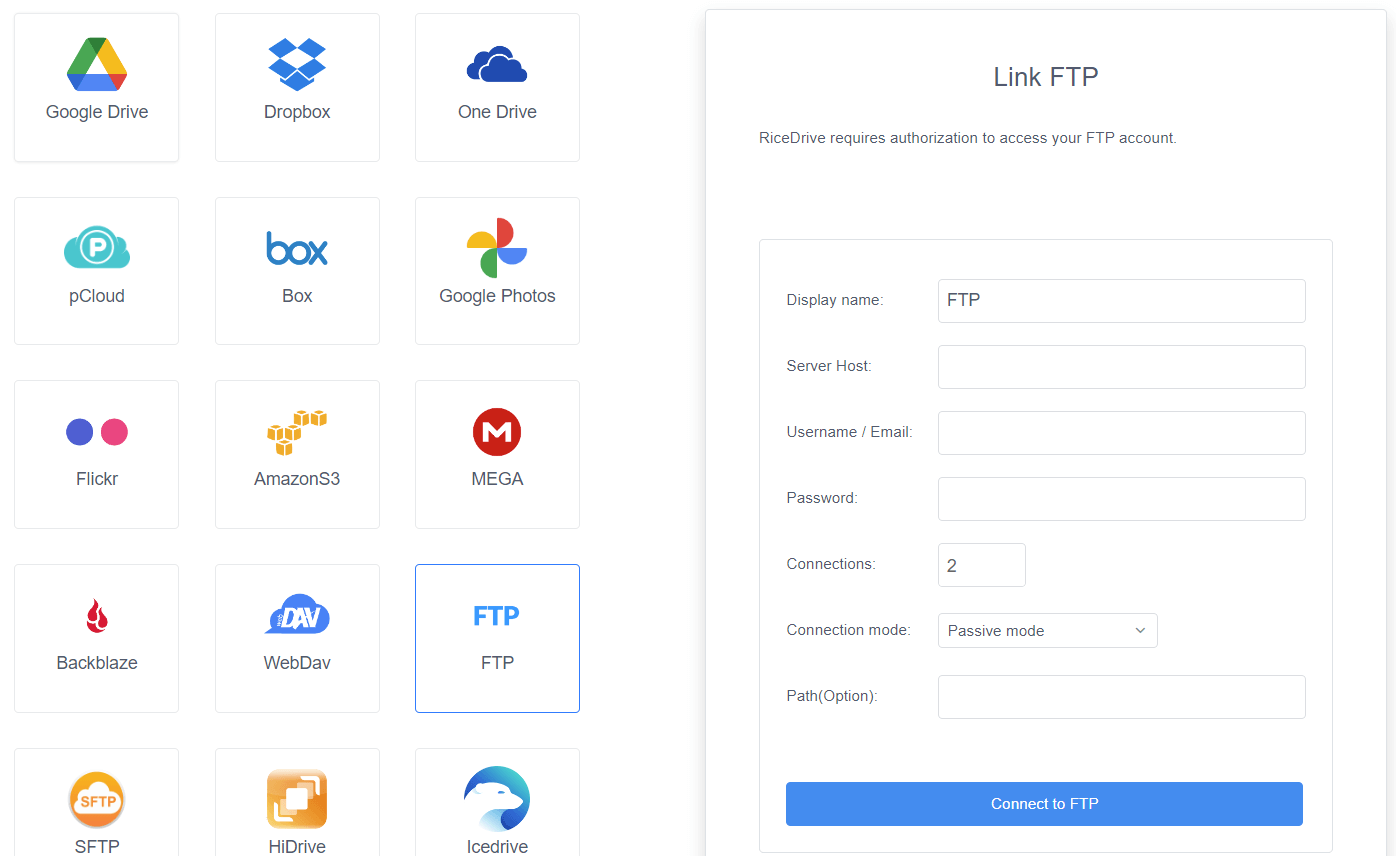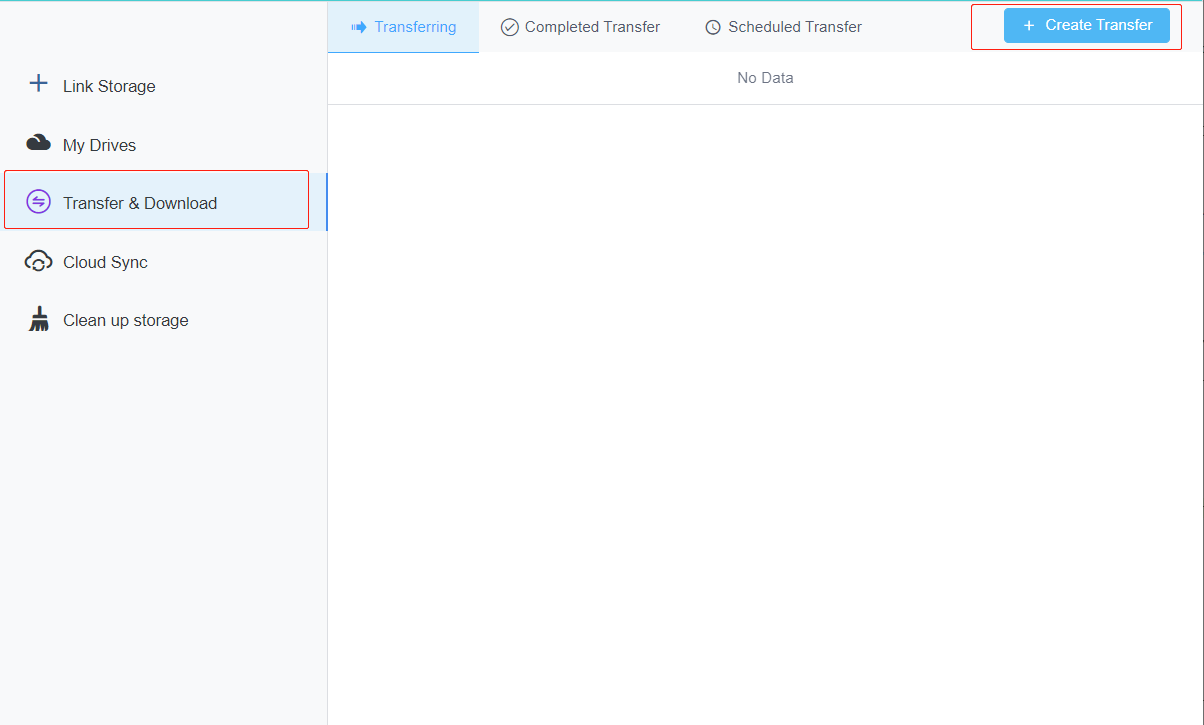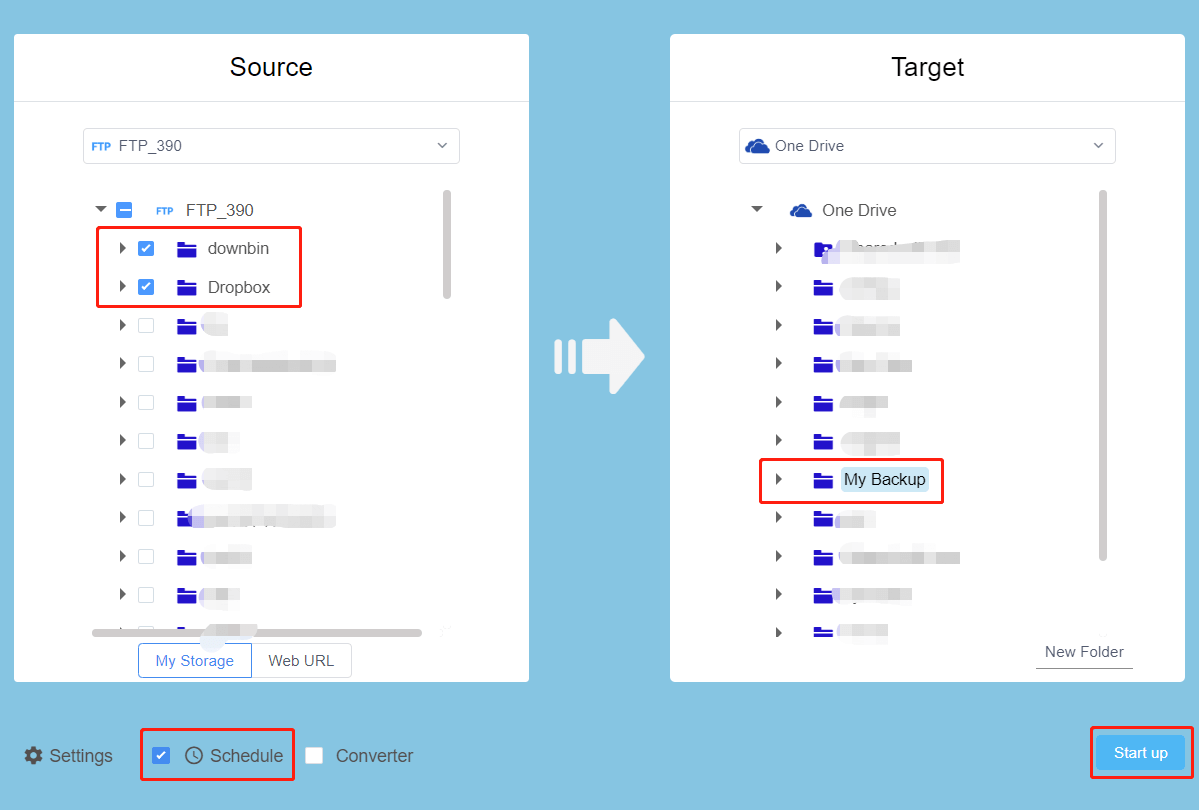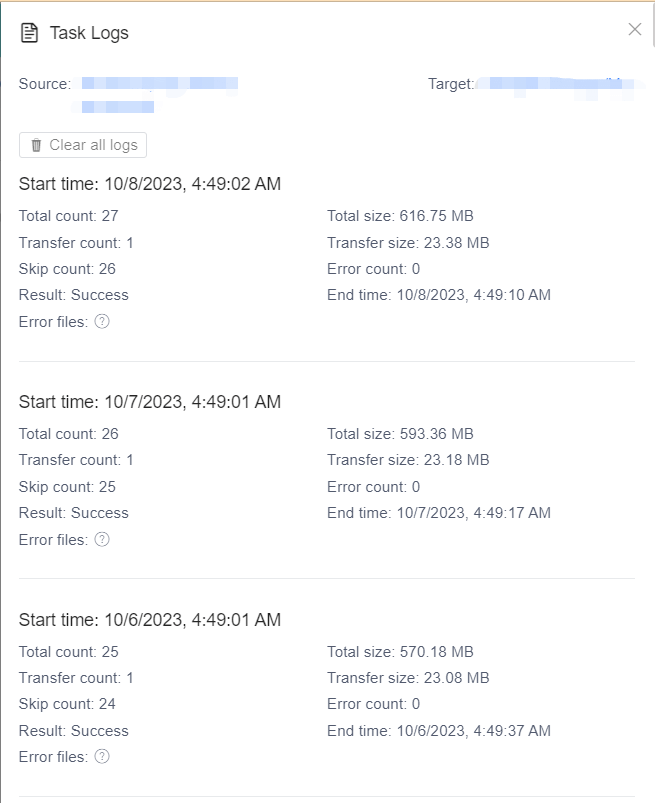Introduction
File Transfer Protocol (FTP) servers are integral for many businesses to store and share large files. However, relying solely on a local FTP comes with risk of data loss from hardware failure, accidental deletion, disk corruption, and other threats. Creating FTP backups to a redundant remote location is crucial.
OneDrive, with its abundant storage and accessibility, is an ideal destination for FTP backups. Manually copying FTP contents to OneDrive can be cumbersome. This is where RiceDrive comes in - it simplifies and automates ongoing FTP backups to OneDrive for effortless peace of mind.
In this guide, I’ll cover how to leverage RiceDrive for easy automated FTP backup to OneDrive.
Why Backup FTP to OneDrive?
Before going through the how-to, let’s first understand some key reasons for backing up your business FTP server to OneDrive:
-
Protection against local FTP failure - Hardware hosting FTP can fail. Copying files to OneDrive eliminates single point of failure.
-
Safeguard against data corruption - Local FTP corruption can occur. OneDrive backup acts as uncorrupted secondary copy.
-
Scalability - OneDrive provides abundant storage to accommodate growing backup needs.
-
Automation - RiceDrive enables automatic periodic backups instead of manual copy.
-
Versioning - OneDrive retains older versions of files allowing recovery from unintended changes.
-
Collaboration - OneDrive sharing and Office integration enables workplace collaboration.
With those benefits in mind, let's now go through the steps to securely backup your key FTP data to OneDrive using RiceDrive.
Prerequisites
-
Have a working FTP server with files you want to back up
-
Have an account with a target cloud service (Google Drive, OneDrive, Dropbox, etc)
-
Have enough storage space in the target cloud account
Steps to Backup FTP to OneDrive Using RiceDrive
-
Go to RiceDrive.com and log in directly with your email.

-
Connect FTP and OneDrive In RiceDrive, click Link Storage. Authorize connections to your FTP server and OneDrive account.

-
Click on Transfer & Download and Create Transfer to open the create transfer task interface.

-
Browse your FTP folders and select which ones to backup by checking boxes.

-
Configure Backup Schedule Go to Transfer > Schedule section. Set how often backups occur and time of day.

-
Start Initial Full Backup Click Start up to seed the first complete backup from FTP to OneDrive.
-
Monitor Backup Status Check Logs section to see backup details like size transferred, completion status and errors.
-
Perform Spot Checks Do sample test restores to confirm backed up FTP data integrity in OneDrive.
-
Adjust Backup Settings Tweak schedule frequency or source folders as needed based on FTP usage patterns.

Follow those steps to implement an automated and reliable FTP to OneDrive backup pipeline with RiceDrive. Your critical business files are now protected.
Additional Tips
Here are some extra tips for effective FTP backups with MultCloud:
-
Validate copied data integrity occasionally by spot checking files in the destination cloud.
-
Adjust backup schedule frequency and times based on rate of source FTP changes.
-
Exclude file types or folders you don't need backed up to save storage space.
-
Temporarily pause backups if making major changes to FTP structure.
-
Maintain good internet connectivity for uninterrupted backup.
-
Consider setting retention policies in the destination cloud to limit storage needs.
Conclusion
Regularly backing up the FTP server that hosts your important business files to OneDrive is a simple way to ensure protection against localized failures. By leveraging RiceDrive, you can quickly set up and automate the entire FTP backup process in just minutes without ongoing manual work. RiceDrive empowers you to implement robust FTP redundancy to safeguard your data assets.
